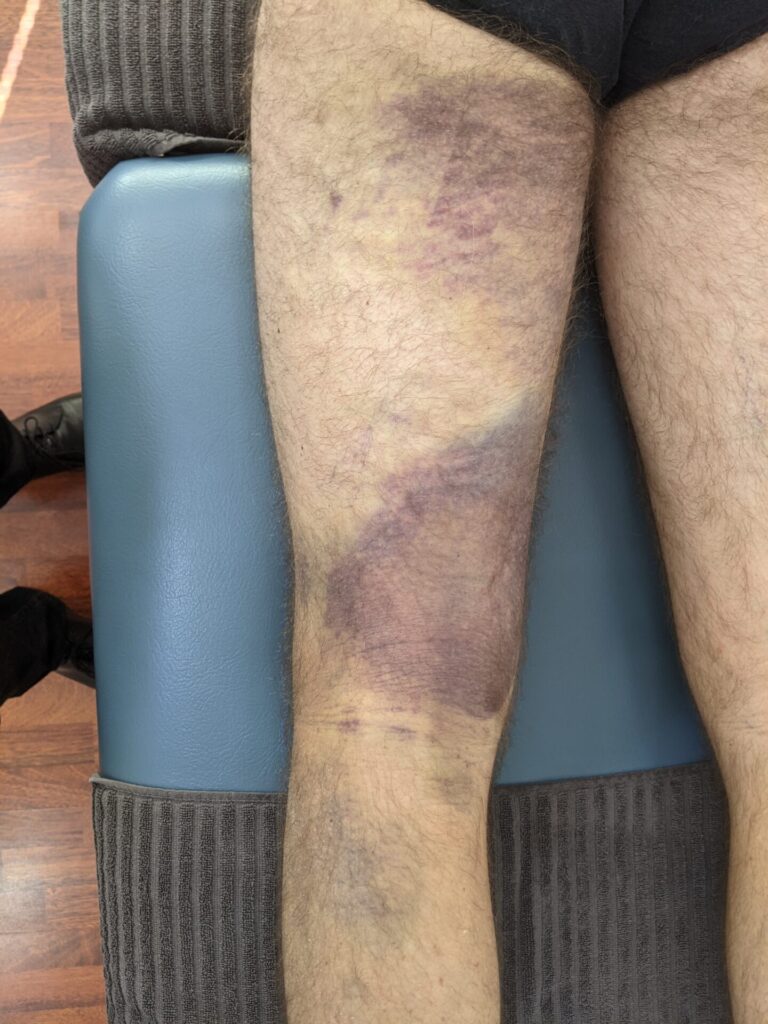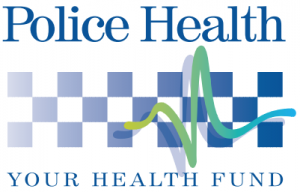Sports Injuries Part 3Hamstring strainBy Melissa Mongeal B.Sc. Physiotherapy, APAM.Melissa works from East Fremantle practice Monday to Saturday. |
Background: The hamstrings are a group of 3 muscles that run from the sitting bones (pelvis) to the back of the knee (leg bones). The hamstrings function to bend the knee joint, as well as straighten the hip joint. They enable us to walk, run, stand up from sitting and walk upstairs. Symptoms: Hamstring strain results in sudden, minimal-to-severe pain located at the back of the thigh. A “popping” or tearing feeling may be experienced during some strains. Sometimes swelling and bruising can occur, however this may be delayed for several days after the initial injury. Causes: Hamstring strains are common when running is combined with rapid starting and stopping such as sprinting and jumping, as well as in contact sports such as AFL and soccer, where quick contractions are regular. Many risk factors including poor flexibility, strength imbalance and fatigue have been proposed as risk factors for hamstring injuries. Treatments: Surgical intervention is an extremely rare procedure after a hamstring strain. Only in cases of a complete rupture of the hamstrings is surgery recommended. The use of specific rehabilitation programs is more common. Reference:
|













